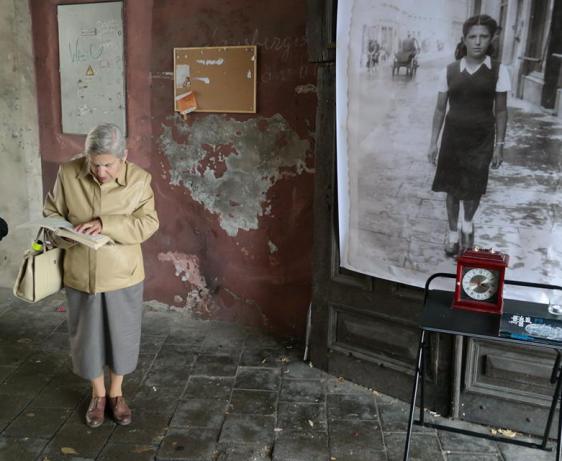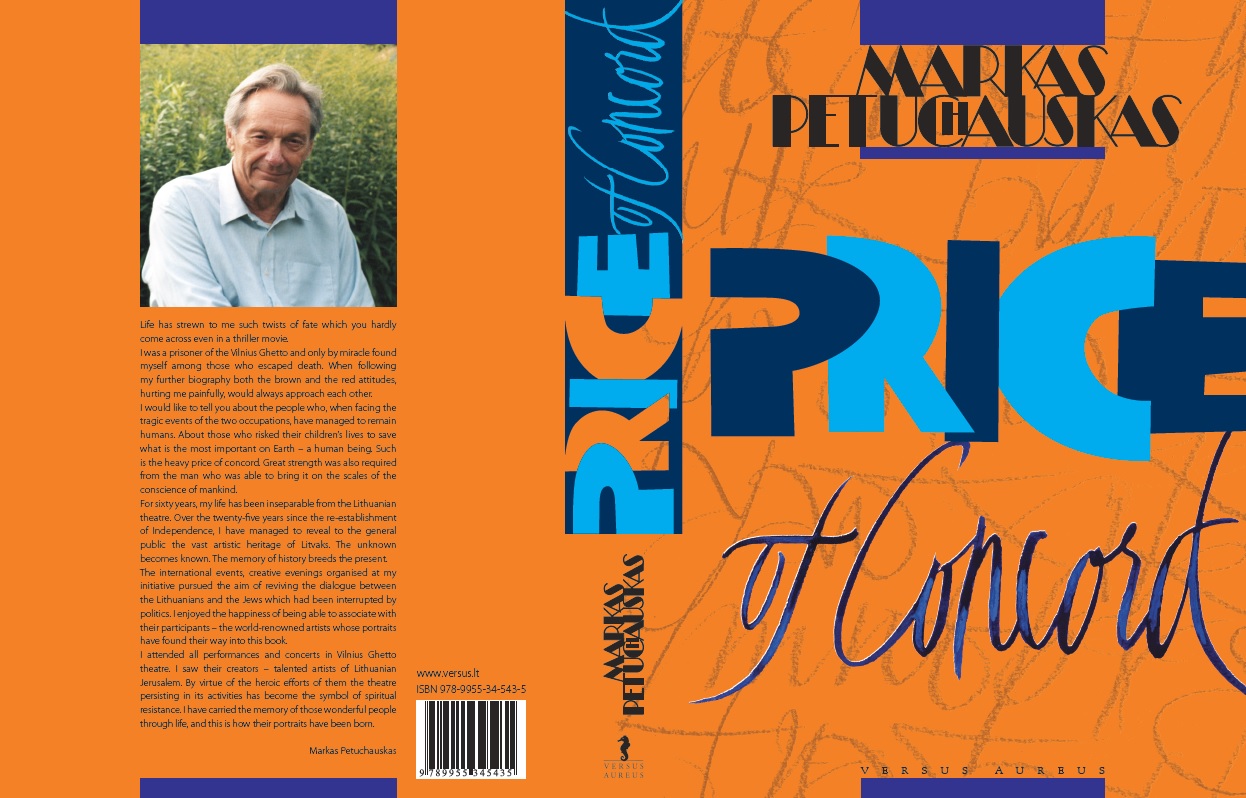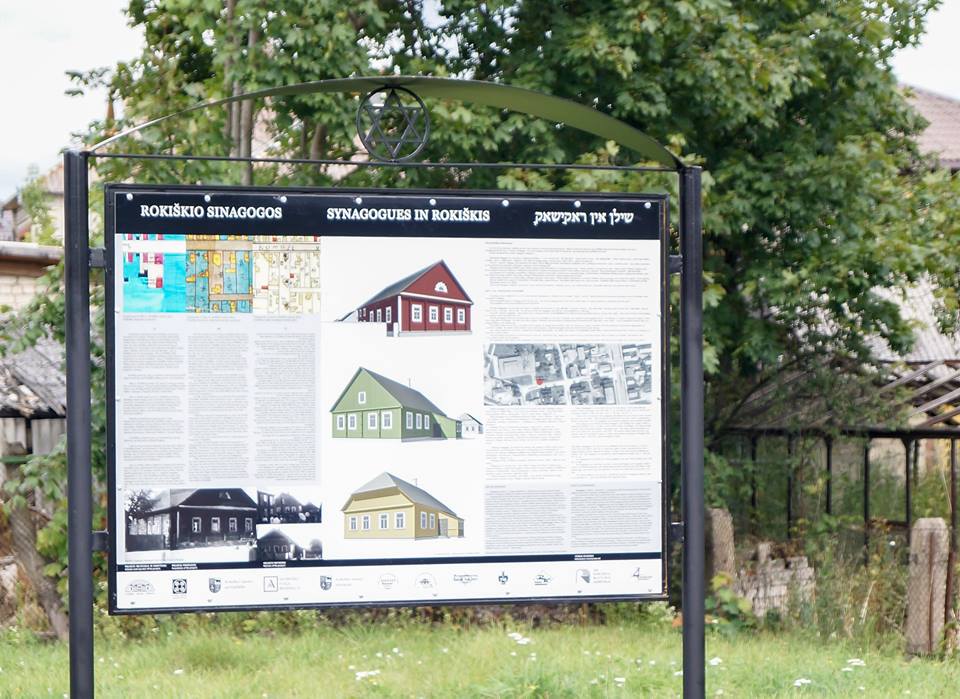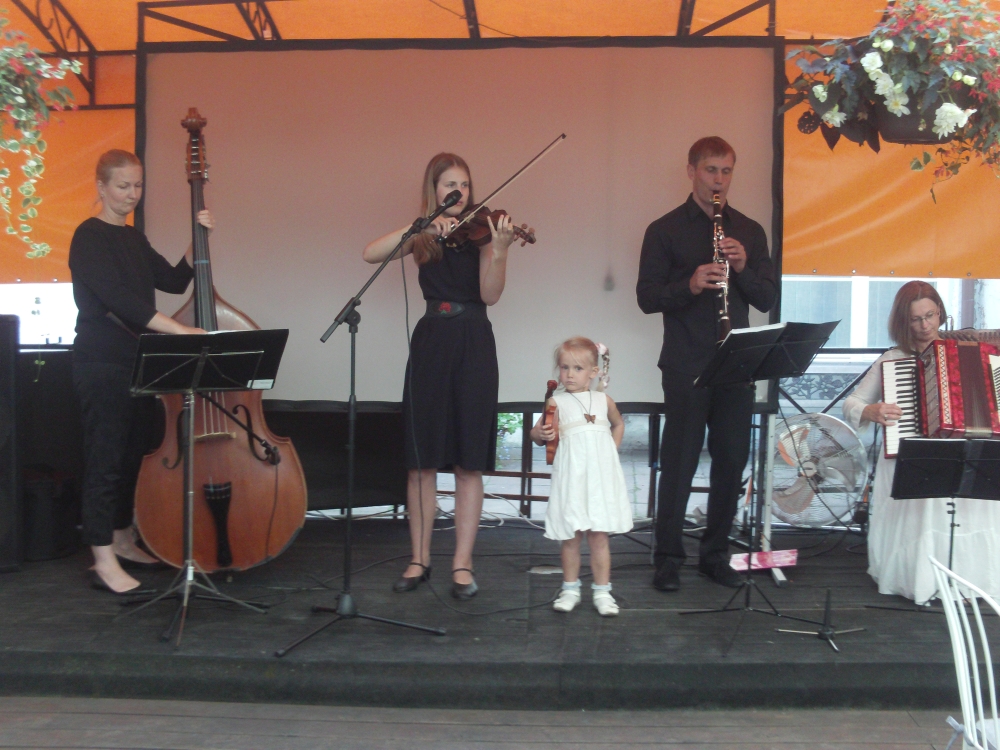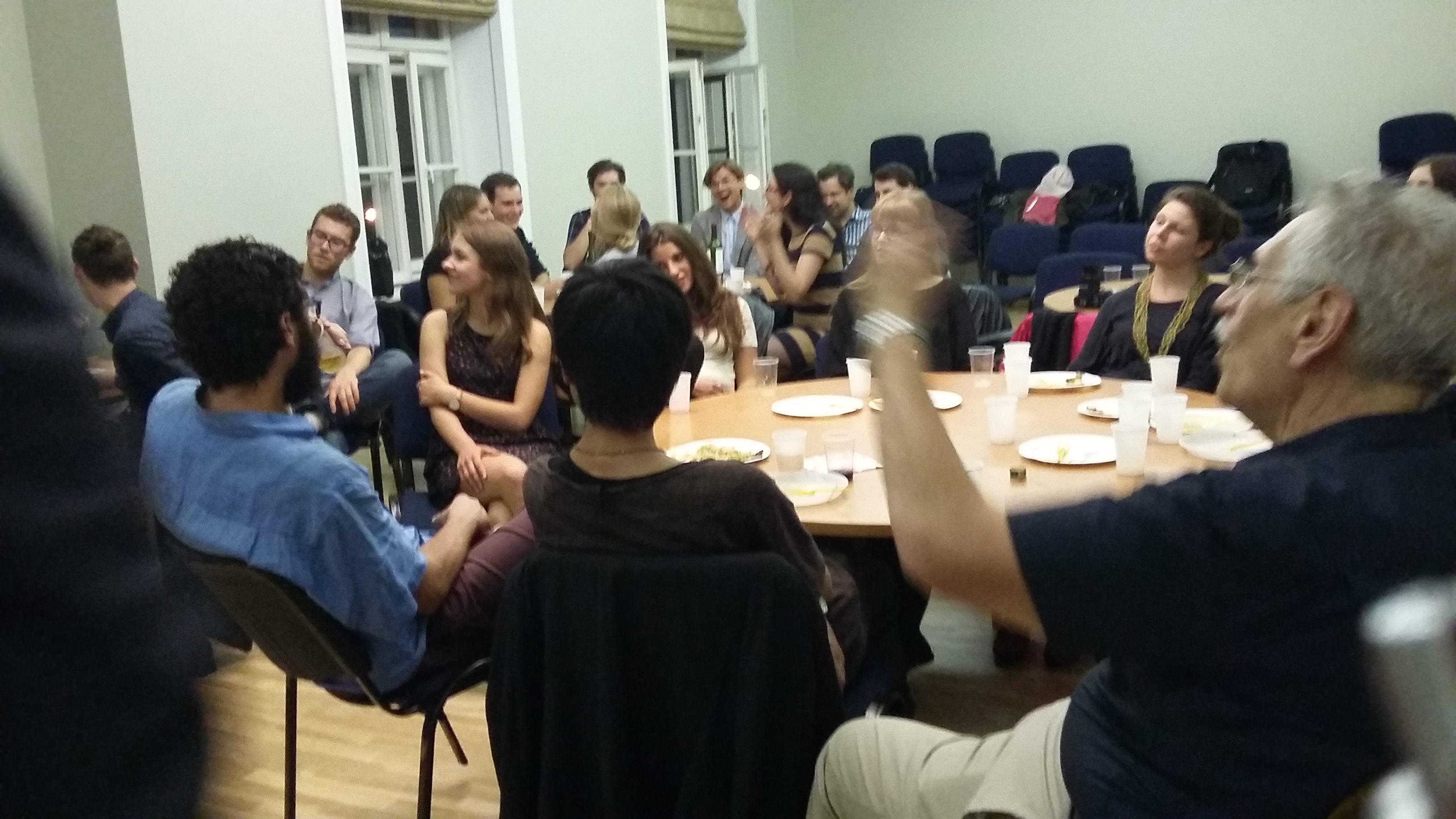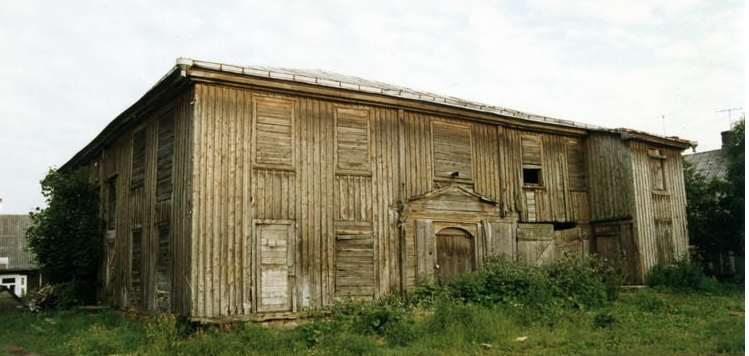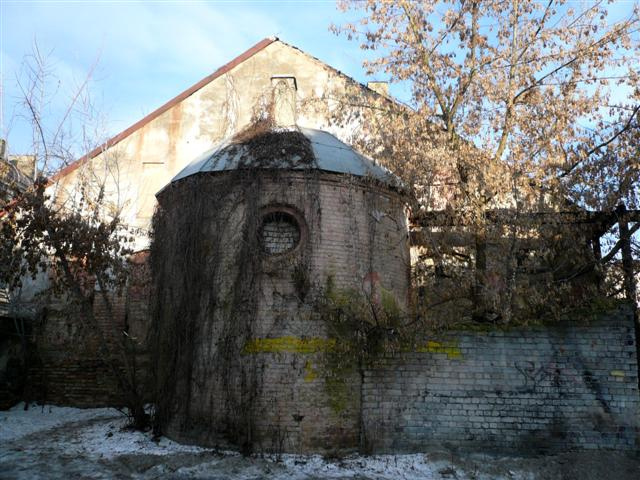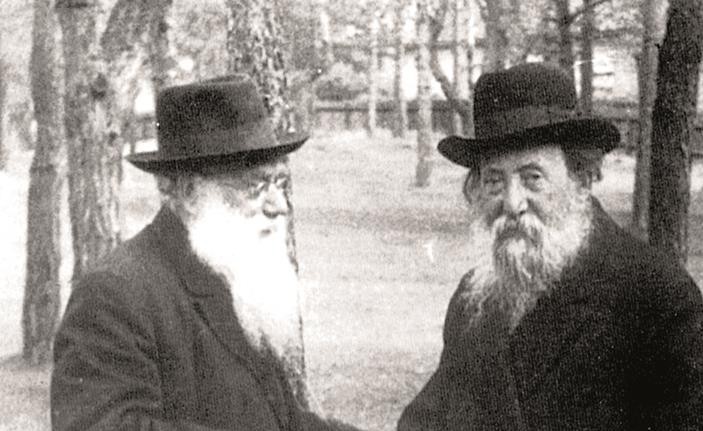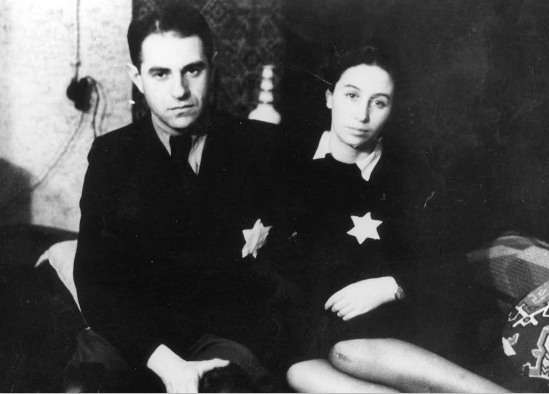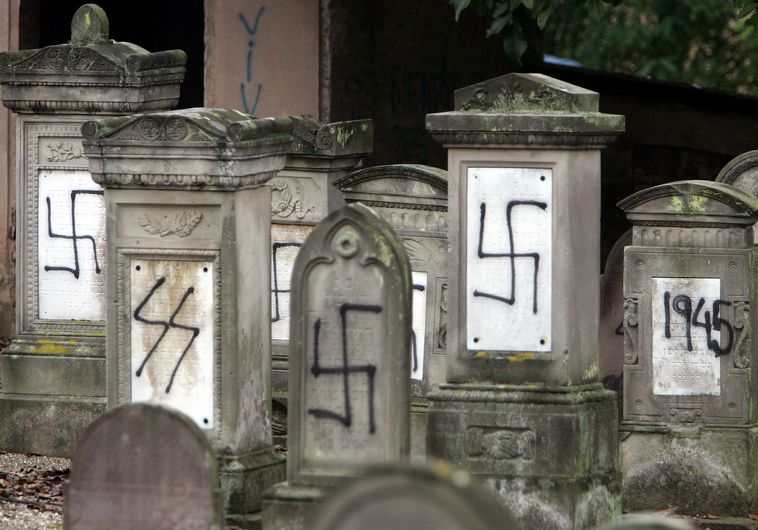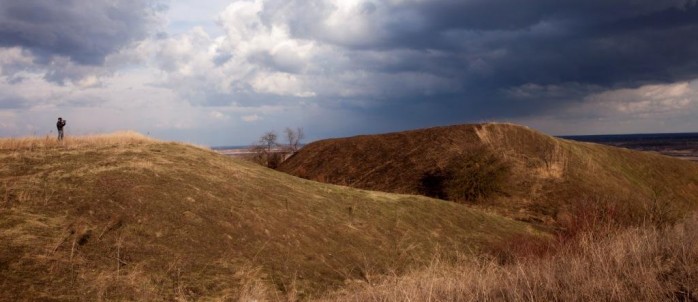
Exhibit opening ceremony 5:00 P.M., Thursday, October 1, at the Tolerance Center of the Vilna Gaon State Jewish Museum (Naugarduko street No. 10/2, Vilnius)
The Tolerance Center will host a mobile exhibition from the French-based Yahad-In Unum organization called “Shot: A Decade of Yahad-In Unum Studies” from October 1 to November 22, 2015. The exhibit presents material from comprehensive historical research based on testimony by eye-witnesses, photographs and maps to reveal the lesser-known side of the Holocaust in the East, “The Holocaust by Shooting.” This refers to the systematic extermination of Jews and Roma in the Soviet Union starting with the establishment of ghettos and camps and culminating in the end of the war.
Yahad-In Unum, Hebrew and Latin for “together,” is a humanitarian organization founded by French Catholic priest Patrick Desbois in 2004 whose goal is to identify, document and systematize information about sites in Eastern Europe where the Nazi einsatzgruppen carried out the mass murder of Jews during World War II.
The ten-year study by the organization uncovered the Nazis’ main plan for extermination. Over 79 field studies researchers discovered 1,700 mass murder sites and collected testimony from over 4,000 non-Jewish locals in Belarus, Ukraine, Russia, Moldova, Romania, Makedonia and Poland. In 2013 the organization began studies in Lithuania. Over 2 years Yahad-In Unum recorded testimony from 243 witnesses who identified 131 mass murder sites.
Unlike at the concentration camps, many victims of the “Shooting Holocaust” survived to tell the world what happened. It is believed that five years from now very few of those who witnessed but didn’t personally experience the crimes committed will be left among the living. Researchers at the organization say they want to investigate the evidence for every mass shooting in order to present undisputable proof to Holocaust deniers, to commemorate the victims and to protect the mass grave sites, and also to prevent genocide and mass violence in the future.
Marco Gonzalez, the director of Yahad-In Unum in Paris, said: “The Nazis used a special method of killing Jews in Eastern Europe, leaving their corpses in mass graves dug deep in the forest. Each murderer saw his victim, and each victim saw his murderer.” The exhibit presents a five-tier plan used for almost all the mass murder operations in Eastern Europe: collecting the victims, marching them to their deaths, disrobing, mass shooting and then expropriations of property following the murders.
Father Desbois said the massacres which the Nazis and their collaborators carried out village by village in Eastern Europe have become the archetypal model for mass murder in the present time in countries such as Cambodia, Rwanda, the Balkan states and Syria. “As a wave of anti-Semitism and hate rises, Yahad-In Unum’s work is more important than ever before. … This exhibit was first shown at UNESCO headquarters in Paris in January of 2015, and this will be its second showing in Europe, in Lithuania, where more than ninety percent of Jews were murdered during the Holocaust,’ Father Desbois said.
The Vilna Gaon State Jewish Museum and the International Commission for the Assessment of the Crimes of the Nazi and Soviet Occupational Regimes in Lithuania together with the exhibit organizers will hold a seminar for teachers the same day the new exhibit is unveiled to the public.
Entry is free of charge.
Those wanting to attend the seminar are asked to register by September 28 by sending an email to: rasa.ziburyte@leu.lt
For more information, please see:
www.jmuseum.lt
http://www.yahadinunum.org/
Press contacts:
Julijanas Galisanskis, Yahad-In Unum representative
telephone: +32 25137713
email: j.galisanskis@yahadinunum.org
Ieva Šadzevičienė, director of Tolerance Center, Vilna Gaon State Jewish Museum
telephone: (8 5) 262 9666
email: ieva.sadzeviciene@jmuseum.lt


